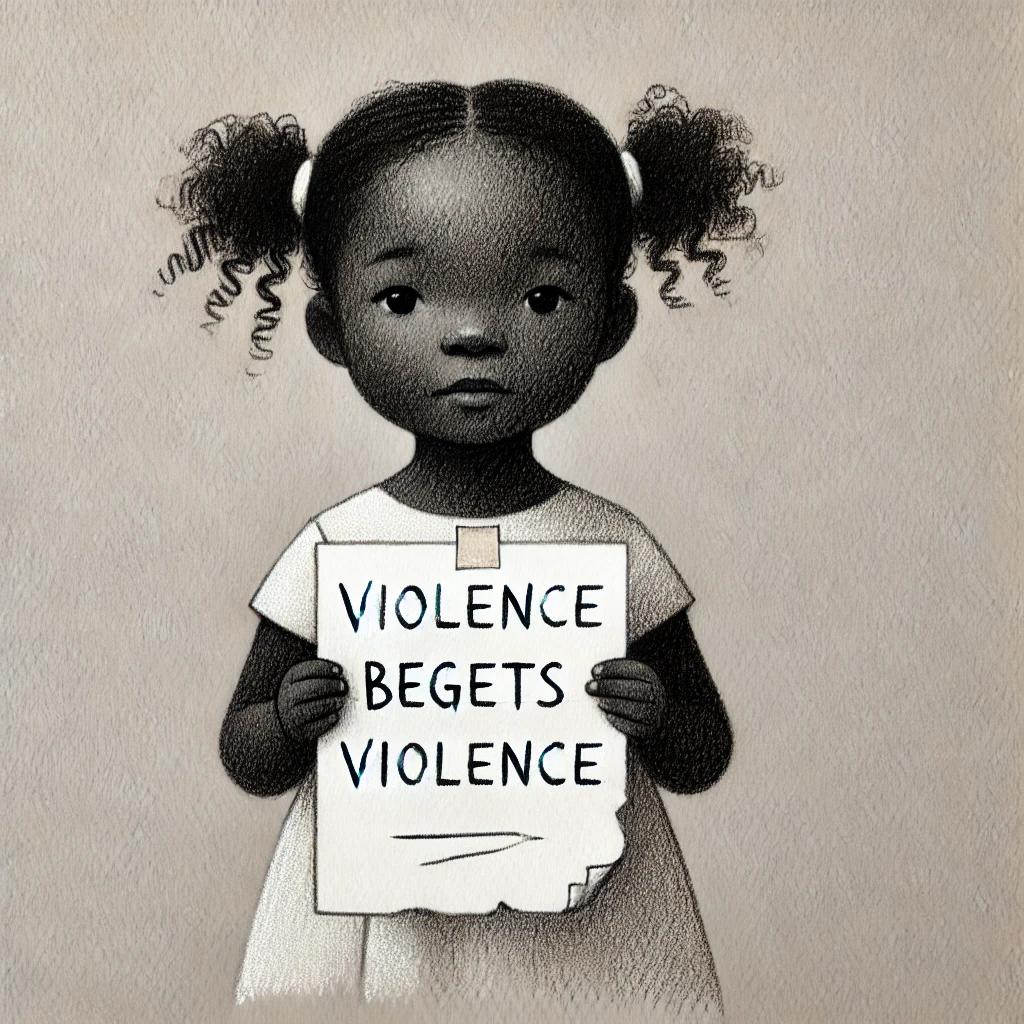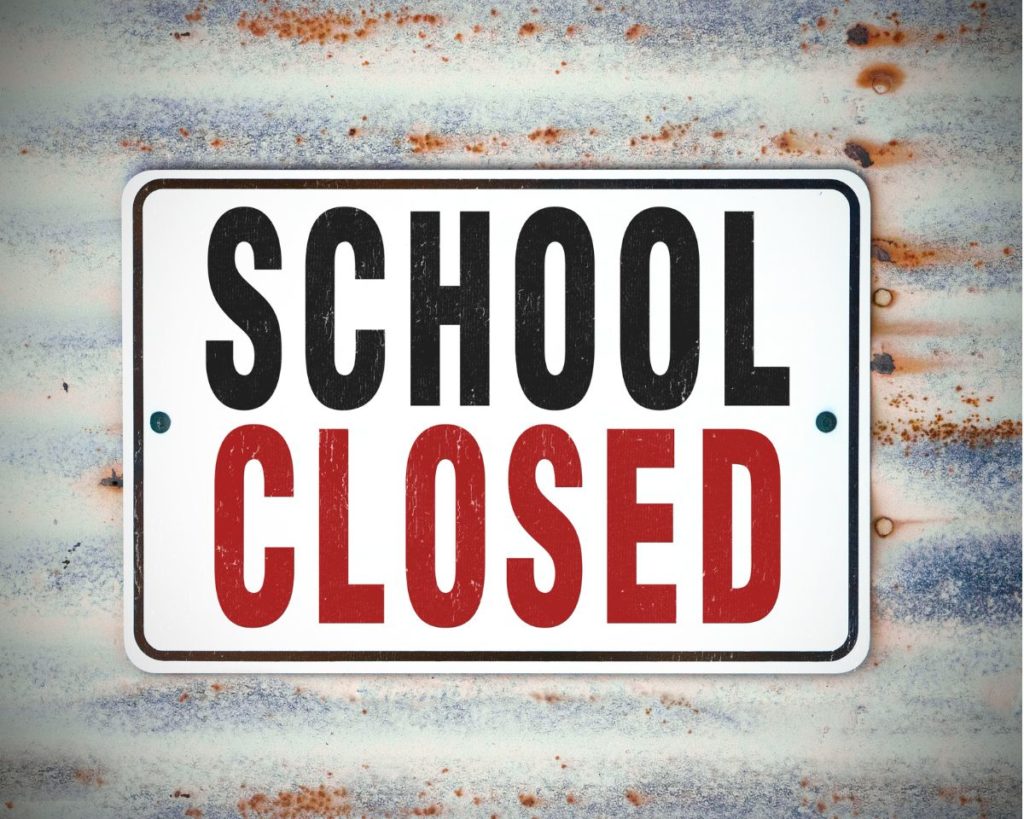Editor’s note: This is the monthly contribution from Boardhawk columnist Dr. Aaron Massey
A new school year, a new school shooting. The beginning of the year doesn’t just represent hope for our future generations. It represents another year we haven’t figured out how to keep our students safe.
It’s not lost on me that this is a complicated societal issue and that everyone is invested in school safety. I am suggesting, however, that when we have an issue that everyone is invested in solving and we still haven’t solved it, we might want to start thinking about it in a different way.
I’m going to make the case for a different way of thinking about an aspect of school shootings that might help us untangle some of its complexities.
But first, a story about my daughter. My daughter is a kind, friendly, assertive kindergartener. I got a call from her school’s social worker that an incident had happened. In this incident, my daughter was not being kind. There was a little boy that wanted to be her friend. My daughter said she wanted to be his friend and then reneged the offer antagonistically – hurting the boy’s feelings. (We’ve processed this, she understands why it was wrong, and she won’t be doing that again.)
In turn, the boy told her that he was going to bring a gun to school to “get her.” The school did a Threat Assessment, talked to both students, and relayed what happened to parents. Exactly what they were supposed to do. Despite that, I could have easily gotten upset, raised an alarm with the school district, and organized some parents to protest. I didn’t.
I’m telling you this because the mindset I’m going to push you to consider is difficult to accept, but it’s something I acknowledge in my own parenting.
It isn’t enough to just send thoughts and prayers after a school shooting occurs. There is one major factor that contributes to school shootings that we need to begin to discuss (that’s what I’m doing here) and do something about (that’s what I want us all to do).
There is also one sentence that captures this thinking: Violence begets violence.
Many of us treat physical violence as the utmost worst act. As my former professors would say, that’s accurate but incomplete. Physical violence is bad in any form. But it’s not the only violence that occurs in schools.
Further, the other forms of violence contribute to physical violence, including school shootings. I’ve seen students humiliate other students for clout (as they say). I’ve seen teachers join in on that humiliation. I’ve seen students be ignored in classrooms, made fun of for what they are wearing, for being poor, for being Latino/a and speaking Spanish, etc.
There are students that make fun of other students for eating school lunch. Or for the car they are dropped off in. And with technology, students can call your child worthless, the “B word,” the “N Word,” they can tell them to unalive themselves relentlessly and parents will never know it happened.
There are group texts dedicated to berating other students – think the “Burn Book” on Mean Girls but on a cell phone. In fact, there is a new phenomenon that exists where students use AI to create inappropriate pictures of their classmates and send them around the school. This is happening all across the country.
Humiliation = Violence
Teachers joining in on that humiliation = Violence
Calling your child worthless = Violence
Calling your child the “B Word”, the “N Word” relentlessly= Violence
Telling your child to unalive themselves relentlessly = Violence
Burn Book style text groups = Violence
Inappropriate Fake Photos = Violence
I’ll go even further to suggest that not seeing these things as violence is not only contributing to an unsafe environment; it’s discriminatory and ostracizing.
I can’t imagine how devastated I would be if my daughter was a victim of a school shooting. How my world would turn upside down. I also couldn’t imagine how devastated I would be if inappropriate, AI-doctored pictures of my daughter were created and sent around the school.
I couldn’t imagine how upset I would be if a group chat existed that was dedicated to mocking my son. Or if a teacher treated my daughter as less than because she is a Black girl.
To be clear, I am not making excuses for physical violence. In Pre-K, my daughter was consistently hit by a male student – who hit multiple students all year – and the school did virtually nothing about it. physical violence upsets me to no end.
I am saying that violence in all of its forms contributes to an ecosystem of unsafeness that all students and staff navigate on a daily basis.
And that when an ecosystem is rife with unsafeness, it begets other unsafe acts like school shootings. This is an aspect of school shootings that we can impact. Again, I’m not proposing this as a panacea, but rather, I’m suggesting that by addressing this aspect of school shootings, we can begin to break down one contributing factor.
How do we address this aspect of school shootings?
Instead of doing what we have been/currently doing in every school across the country which is have these strange dry-run days where students learn the policies and procedures of each classroom, we should come together and create an individualized plan of support for each student with their parents.
Imagine bringing in parents, the student, the social worker, teachers, coaches, and community partners (business leaders, church leaders, after school program staff, etc.) to develop a comprehensive plan of support for every single student in the first week of school in the entire country.
Imagine doing that for every child who has been bullied. Imagine doing the same for the bully. Imagine a “Beginning of the Year Support Meeting” for every single student in this country. I know what you’re thinking: parent-teacher conferences. I hear that and raise you that there are many more people who impact a child’s life than a teacher, respectfully. (Teachers, that wasn’t shade. It was a fact.)
Would the student feel supported? Yes.
Would each student in the country have an individualized plan for their academic/social success? Yes.
Would parents be invested in a co-created plan for their child? Yes.
Would teachers feel more comfortable calling home when something isn’t going well? Yes.
Would we get more out of our students? Yes.
Would the school system and the community be closer? Yes.
Would this be a step in the right direction to reducing violence in schools? Yes.
Didn’t we already try not doing this…?
In my story about my daughter, I told you that she is a kind, friendly, assertive kindergartner. When I heard she was being mean to another student, I honestly couldn’t fathom it until I reflected on conversations I’ve had with parents about their children. “My child would never (insert the thing their child did here)!”
I had a student that I caught vaping in the restroom. I call and tell dad on speaker with his daughter beside me and he begins to explain how his daughter would never do that. His daughter and I looked at each other in confusion because we both knew it happened. I explained to dad that it in fact did occur and he proceeded to tell me how much that wasn’t true.
There is a sub-factor that contributes to school shootings that doesn’t seem as obvious but it still contributes. That sub-factors is another thing you might not appreciate about what I’m saying but it’s still true.
This is for parents like me who didn’t initially believe that my daughter did something outside of what she has been taught (It’s about to get spicy):
Your child is not the exact same child at school as they are at home. For years, you got to shape and mold your child to be the most wonderful person they could ever imagine for themselves. But as they continue to learn about the world, factors outside the home begin to influence them in ways that you might not see.
But teachers do.
So when a teacher calls you to tell you that your daughter was being mean to someone, it is imperative to take it seriously. When a principal calls home to tell you that they are concerned about some violent images that your child searched three weeks after the “Beginning of the Year Support Meeting,” we will be able to adjust the plan of support.
My point is not about this beginning of the year support meeting. That’s one of many ideas I think could help towards safer environments in schools. But rather, it is about questioning the structures, ebbs and flows, and what we normalize in schools and how that could impact school shootings.
When we begin to widen our scope of the definition of violence, we begin to see what students are going through on a day-to-day basis.
Ask your students what they think violence looks like at school. They will tell you five other things besides physical violence.
Again: Didn’t we already try not doing this?




